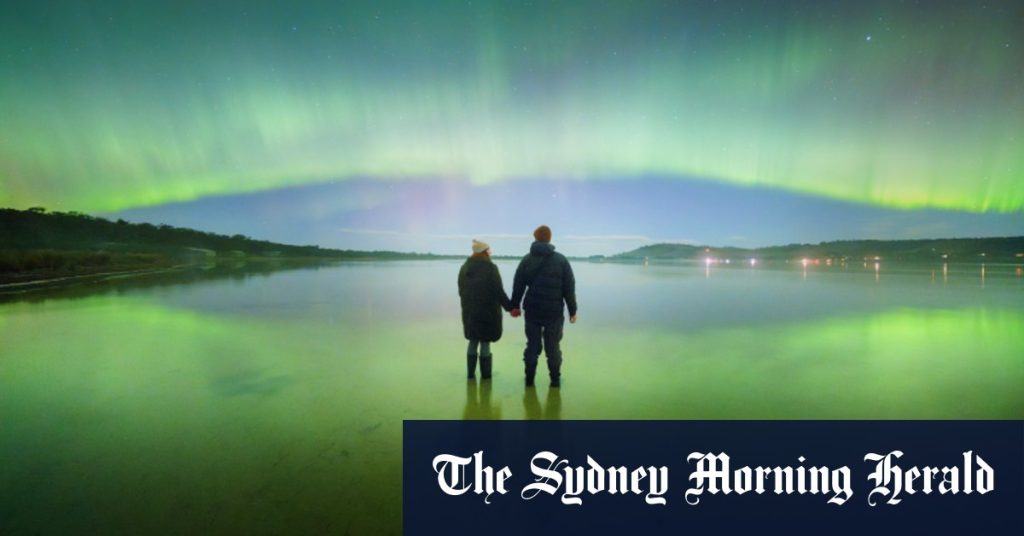The article discusses the differences between what the camera picks up and what the eye sees, noting that cameras are more sensitive to light. It provides tips for capturing high-quality photos of the aurora australis, including using a wide-angle lens, a wide aperture, and a high ISO setting. Shutter speed should be adjusted according to the desired level of detail in the image. A gallery of aurora australis photos by Luke Tscharke received over 290,000 likes on Facebook, with even Tasmanian Premier Jeremy Rockliff sharing the images.
The article also discusses the issue of artificial enhancement of photos, with tips from The Age deputy picture editor Paul Rovere on how to spot images that have been altered. Rovere points out that over-processing with photo editing software can reduce the quality of the picture, leading to coarse pixels, loss of detail, and fewer colors. He advises looking for blocky, tile-like squares in saturated colors or horizontal and vertical patterns at the extremes of the image to detect potential manipulation. He also warns against hyper-realistic or artificial appearances that may indicate excessive editing.
Tscharke responds to these concerns by stating that while images can be edited differently, artistic vision plays a significant role in photography. He emphasizes the importance of respecting the work that photographers share and recognizing their choices in presenting their photos to the world. Tscharke acknowledges that there may be instances of fakery in photography, but suggests that personal preferences vary and what one person dislikes may be appreciated by others. He encourages people to focus on enjoying the natural beauty of the world and appreciating the diverse perspectives that photographers bring to their art.
Overall, the article highlights the technical aspects of capturing high-quality aurora photographs as well as the ethical considerations of photo editing. It underscores the importance of artistic vision and individual choice in photography, while also acknowledging the potential for manipulation and fakery in images shared online. The discussion between Tscharke and Rovere offers insights into the complexities of photography in the digital age, where technology allows for both creative expression and potential misrepresentation. Ultimately, the article encourages viewers to engage with images critically, appreciating the beauty of natural phenomena while also acknowledging the role of editing and artistic interpretation in photographic representation.


